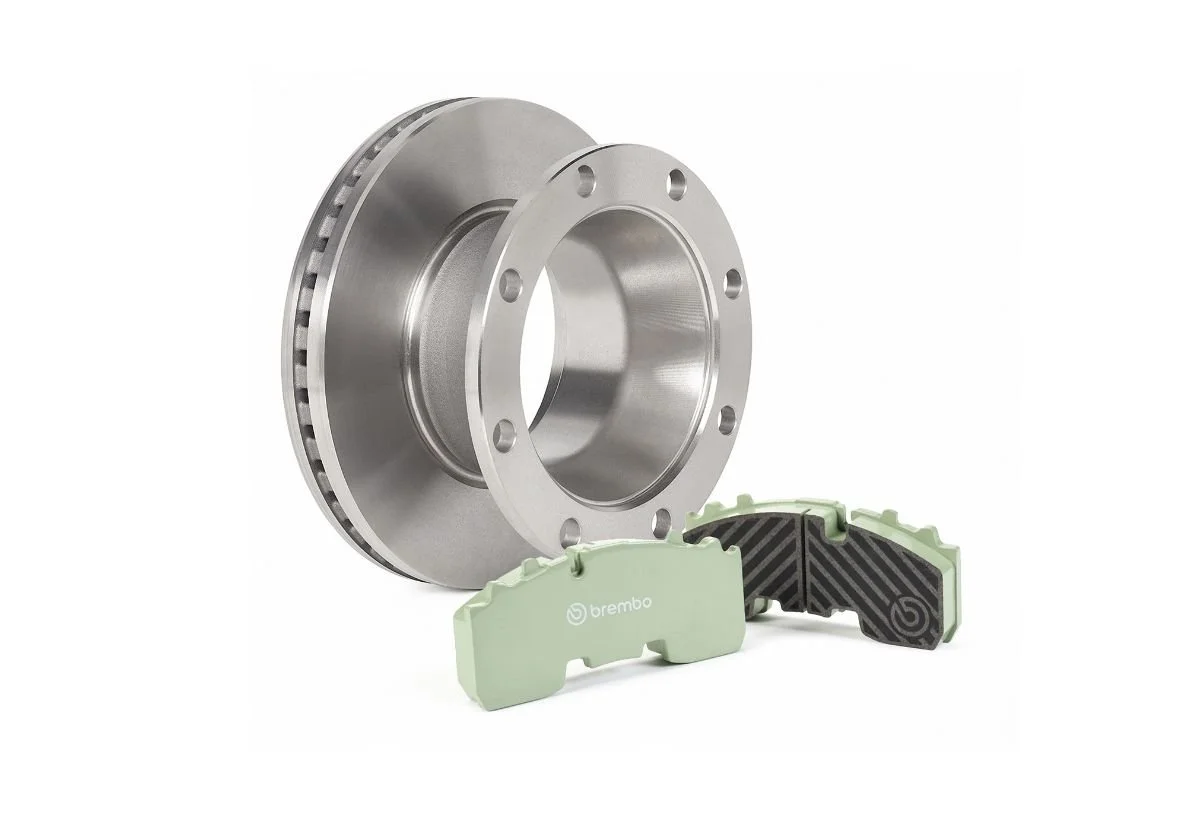RE-BREATH: European project to reduce brake wear emissions in public transport comes to an end
Concrete results toward more sustainable urban mobility
Three years after its inception, the RE-BREATH - Reduction of Brake Wear Emissions in the Transport Sector project, an initiative funded by the European Commission's LIFE Programme that involved partners of excellence at the European level to improve knowledge of non-exhausted microparticle emissions generated by braking systems in the local public transport (LPT) system, is nearing its conclusion; assess their impact on people's quality of life and the environment; and, finally, design and develop an innovative and more environmentally friendly bus braking system and intervene with green mitigation works.
Through collaboration between research, business and public institutions, RE-BREATH has shown that targeted innovation in braking systems can make a concrete contribution to making public transport more sustainable.
Real-world road tests conducted over 16 months in the cities of Bergamo and Bratislava, identified by the European Environment Agency as among the urban centers with the highest PM10 concentrations, reported results that confirm initial project goals.
At the heart of the project is an innovative brake system developed by Brembo N.V. with brake discs made of a special low-wear cast iron and brake pads specially designed to work in synergy with the new discs. The brake disc comes from Brembo's experience in private transport complying with the new Euro7 standard. The brake pad, scheduled for market launch by the end of 2025, on the other hand, has been specially developed for heavy-duty vehicles and is 100% copper-free. The new brake system reached out the goal of maintaining high braking efficiency while significantly reducing particulate emissions compared with conventional systems.
The results of the RE-BREATH project attested:
significant increase in the service life of brake discs during road demonstration compared to historical data: +50% compared to OE (Original Equipment) systems and +100% compared to AM (Aftermarket) systems.
PM10 emission reduction: -10% by comparing the OE (Original Equipment) system with the RE-BREATH solution, using the bench test emission factor and the EEA (European Environment Agency) methodology for emission estimation.
A decrease in PM10 concentration between 40% and 70% at bus stops equipped with green barriers, confirming the effectiveness of environmental mitigation interventions.
The project's data were shared with Task Force 5 (PMP group, UNECE) to help develop future emission standards. Indeed, the tests revealed their potential scalability in similar, high-demand contexts, and the results paved the way for wider adoption of sustainable components within fleets.
Thanks to the collaboration with Arriva Italia and Arriva Slovakia, the system is already being replicated on the light commercial vehicle fleet in Italy (Bergamo and Rome) and Slovenia, anticipating the Euro 7 standard that will come into effect in 2026.
The project also saw the active contribution of the Municipality of Bergamo, delegated to communication and green mitigation interventions at the local level, and the National Research Council - with the Institute on Atmospheric Pollution (CNR-IIA) and the Institute for the Study of Nanostructured Materials (CNR-ISMN) - delegated to measuring air quality and pollutants emitted by vehicle brakes at bus stops, as well as developing the pollutant dispersion model.
Looking to the future, the project partners firmly believe that continuous collaboration between business, research, public institutions and local communities is essential to promote further low-impact mobility solutions. The replicable model developed through RE-BREATH is now a concrete best practice for building greener, livable and resilient cities where urban mobility meets the needs of citizens and the environment.

